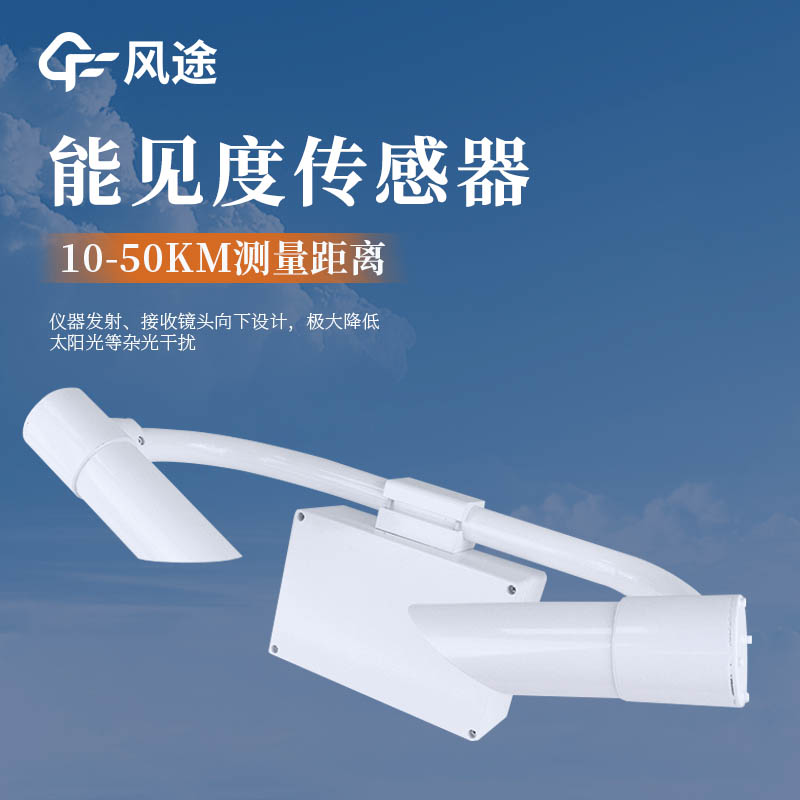Shandong Fengtu IOT Technology Co., Ltd
Sales Manager:Ms. Emily Wang
Cel,Whatsapp,Wechat:+86 15898932201
Email:info@fengtutec.com
Add:No. 155 Optoelectronic Industry Accelerator, Gaoxin District, Weifang, Shandong, China

Sales Manager:Ms. Emily Wang
Cel,Whatsapp,Wechat:+86 15898932201
Email:info@fengtutec.com
Add:No. 155 Optoelectronic Industry Accelerator, Gaoxin District, Weifang, Shandong, China
time:2025-05-20 08:58:34 source:Weather Station viewed:157 time
As a vital water transportation corridor, shipping safety in canals is of utmost importance. Visibility stands as one of the critical factors influencing canal navigation safety. During adverse weather conditions such as heavy fog or torrential rain that reduce visibility, ship operators face restricted vision, making it difficult to accurately determine the position and distance of the forward waterway, obstacles, and other vessels. This significantly increases the risk of accidents like ship collisions and groundings, posing severe threats to human lives and property. Therefore, real-time and accurate measurement of canal visibility is essential.
Current visibility measurement methods primarily include the visual observation method, transmissometer measurement method, and nephelometer measurement method.
Visual Observation Method: Relies on observers' subjective judgment to estimate visibility. This approach is highly influenced by subjective factors such as the observer’s experience and emotional state, resulting in poor data accuracy and real-time performance.
Transmissometer Measurement Method: Calculates visibility by measuring the attenuation of light as it propagates through the atmosphere. This method requires installing transmitters and receivers at a fixed distance, leading to high equipment installation and maintenance costs. It is also unsuitable for long-distance measurements.
Nephelometer Measurement Method: Utilizes the scattering characteristics of atmospheric particles to light, deriving visibility by measuring the intensity of scattered light. It features a compact device design, fast response speed, and is well-suited for widespread application.
The FT-N10A3 is a visibility sensor based on the forward scattering principle, capable of rapidly and accurately measuring visibility. A key advantage of this sensor is its stainless-steel housing, which offers excellent corrosion resistance and water tightness, making it suitable for use in humid and high-moisture environments.
The FT-N10A3 has a measurement range of 10 meters to 10 kilometers and supports multiple data transmission protocols, facilitating integration with canal monitoring systems for real-time data transmission and remote monitoring.

A mobile weather station is a movable meteorological observation device, distinguished by its high portability, simple operation, and ability to monitor multiple meteorological elements simultaneously. In terms of equipment structure, it has built-in high-precision sensors and intelligent chips. Rel...
Highway visibility monitoring is a crucial part of ensuring road traffic safety. With the development of mobile Internet technology, the Road Weather Information System has achieved a functional leap from the computer terminal to the mobile phone terminal.The traditional computer - based monitoring...
In fields such as meteorological monitoring, hydrological research, and urban drainage, the accurate acquisition of rainfall data is of great importance. For a long time, tipping - bucket rain gauges have been widely used. However, as time goes by, their drawbacks have become increasingly apparent.T...
The solar automatic weather station uses solar energy to generate electricity. Because it is equipped with a solar panel, it can operate in the field for a long time without being affected by the power supply. Moreover, it is fully automatic and realizes remote weather monitoring. Users only need to...